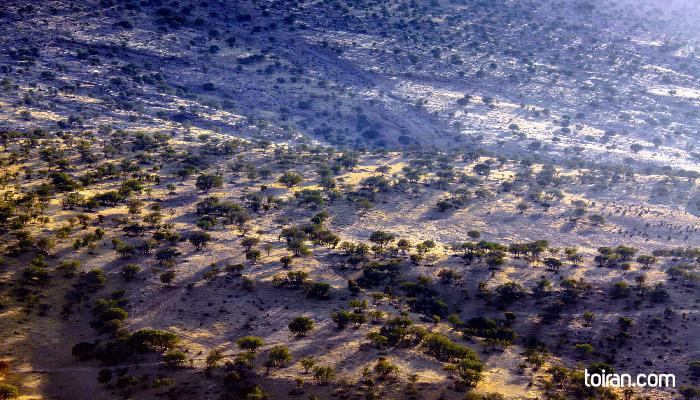Our cities
Explore each city’s unrepeatable delights and mysteries with your own eyes. Learn about the unique history and tales of you preferred city with its landscapes and sites, and much more…
- Abadan
- Abarkooh
- Abyaneh
- Ahvaz
- Amol
- Arak
- Ardabil
- Ardakan
- Astara
- Babol
- Babolsar
- Bam
- Bandar Abbas
- Bandar Anzali
- Birjand
- Borazjan
- Boroujerd
- Bushehr
- Chabahar
- Chalous
- Damghan
- Dezful
- Gorgan
- Hamadan
- Ilam
- Isfahan
- Jiroft
- Kashan
- Kerman
- Kermanshah
- Khorramabad
- Kish
- Lahijan
- Mahan
- Mahmoud Abad
- Maku
- Mashhad
- Meybod
- Naein
- Nour
- Nowshahr
- Oraman
- Qazvin
- Qeshm
- Qom
- Rafsanjan
- Ramsar
- Rasht
- Sanandaj
- Sari
- Semnan
- Shahr-e Kord
- Shahroud
- Shiraz
- Shush
- Shushtar
- Sirjan
- Tabriz
- Tehran
- Tonekabon
- Urmia
- Yasuj
- Yazd
- Zahedan
- Zanjan
Kermanshah
Cradle of History and Civilization, Land of Eternal Lovers, Land of Shirin and Farhad
Kermanshah city is the provincial capital of a mountainous province of the same name which borders Kurdistan in the north, Luristan and Ilam in the south, Hamadan in the east and Iraq in the west. Its proximity to Sefid Kooh in the Zagros Mountain range has given this city dry summer-continental climate with cold, snowy winters, rainy springs and falls and extremely hot summers.
The city is considered as one of the cradles of prehistoric cultures and the oldest prehistoric village in the Middle East, which dates back to 9800 years ago, was discovered in Sahneh west of Kermanshah. The oldest traces of human settlement in Kermanshah have been found in the Middle Paleolithic Do-Ashkaft Cave near Taq Bostan, which is believed to have been inhabited by Neanderthals. Several Neolithic and Bronze Age villages have also been discovered in the area.
Legend holds that the city was founded by the third Pishdadi King Tahmuras, the Demon Slayer. The Pishdadian are considered the first Aryan dynasty, which have been mentioned in Ferdowsi’s Shahnameh (Book of Kings) and Persian mythology. Some historians have attributed the founding of this city to the Sassanid monarch Bahram IV (389-399 CE), who because of his rule over Kerman before coming to power was called Kermanshah meaning the ‘king of Kerman.’
In the 4th century, during the Sassanid era (224–651 CE), the city became one of the cities frequented by Sassanid kings who founded several gardens in the city and spent time vacationing in its beautiful nature.
The city played an important role in the Constitutional Revolution of the early 1900s. Kermanshah was occupied by the warring sides during the first and second World Wars. The city was severely damaged during the eight-year Iraq-Iran war of the 1980s and despite reconstruction efforts it has yet to fully recover.
The city has a 150-year-old bazaar named Tarikeh Bazaar which consists of several sub-bazaars including the Jewish (Eslami) Bazaar and the goldsmith, coppersmith and ironsmith rows.
Essaqwand Tombs, Sorkh Deh (Red Village) Tomb, Anahita Temple, Shafei Jame Mosque and the Qajar era (1785–1925) Khaje Baruch House as well as the Taq Bostan Forest Park at the foot of Mount Parav are among the historical and natural attractions of the city.
Kermanshah is the land of musicians and storytellers and the birthplace of figures such as poet and writer Gholamreza Rashid Yasemi (1895-1951), Nobel Laureate Doris May Lessing (1919 -2013), novelist Ali Mohammad Afghani (1925), singer and musician Shahram Nazeri (1951), composer and master of classic Persian and Kurdish Music Kayhan Kalhor (1963), and musician and master of the Tanbur Seyed Khalil Alinezhad (1968-2001).
Some of the prominent personalities to hail from Kermanshah include botanist, historian and geographer Abu Hanifa Dinavari (828-896), 19th-century calligrapher Mirza Mohammad Reza Kalhor, archeologist Massoud Azarnoush (1945-2008), director Pouran Derakhshandeh (1951), documentary maker Alexis Kouros (1961) and weightlifting world champion Kourosh Bagheri (1977).
Kermanshah has the largest Kurdish population among the cities of Iran.
Kermanshah
Cradle of History and Civilization, Land of Eternal Lovers, Land of Shirin and Farhad
- Population
1.945 Million
- Coordinates
34°18′51″N 47°03′54″E
Top things to do:
Top foods to try:
- Khoresh-e Khalal Badam or Almond Sliver Stew – A nutty and tangy saffron flavored lamb stew made with almond slivers, barberry, yellow split peas, rosewater and cinnamon served with rice, yogurt and fresh herbs.
- Nan Berenji - Delicious cookies made of rice flour, confectioner sugar, cardamom and rosewater sprinkled with poppy seeds. These cookies are a must try with Persian black tea.
- Ash-e Abasali – A tasty legume soup with bean, rice and lentil served with caramelized onion, garlic and fried mint.
- Crafting Musical Instruments (Daf-Divan-Se'Tar-Tanbur and Tar)
- Giveh Shoes
- Jajim
- Kilim
- Leather Products
- Mouj Textiles
- Gaziantep, Turkey , Sicily, Italy , Split, Croatia
- Bisotun









